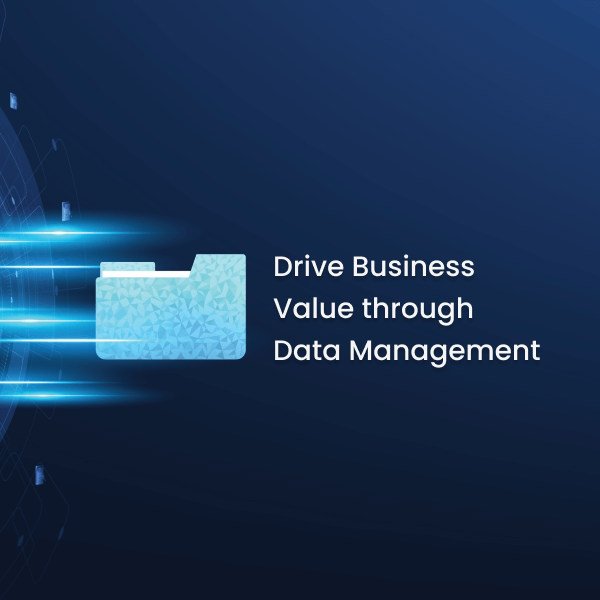The thought of tackling new migrations projects can be daunting, particularly in the information governance sphere where there may be hundreds of data types involved and terabytes of data volume to handle. Migration means change; it means your old system is no longer cutting it; it means you have to move all of your valuable data hoping that -- through it all -- nothing will get lost or corrupted.
So although migrations may seem conceptually simple, there are a lot of repercussions if things go wrong… even just a little bit. Consequently, there are some key things to consider when confronted with a large migration project in order to ensure that you don’t come face-to-face with a data disaster.
(1) Setting the right expectationsMigrations can be much more complex than they appear, and because of that, people often don’t even know what they’re looking for at the onset of the project. By taking time to analyze data before jumping straight into a migration, the business can avoid having to spend unnecessary time and money redoing any portion of your data transfer to account for new requirements. Plus, if the company chooses to take the additional precaution of setting up and executing a test migration environment before the dull migration, there is a rich test data set available to ensure that those expectations are being met and that full-scale production migration will run as efficiently as possible.
(2) Ensuring Defensibility and Data FidelityWhen transferring data from a legacy system, it is essential to make sure that all of the data is accounted for. Comprehensive audit trails are a must, as they can track not only the location of the data but also the status of the migration for each piece of data. Thus, in the case of something going wrong item-level tracking can ensure that you not only know which data hasn’t been migrated, but why. By accounting for what happened to each file, email, IM message, etc., your company remains defensible throughout the migration process even if a small percentage of data cannot migrated and/or lost due to corruption. Of course, if the first step is executed thoroughly, there should few surprises in the actual full-scale migration.
(3) Establishing Concrete SupportWe understand; it’s hard to take on one of these projects on your own. One often-overlooked aspect of migrations is the importance of an accompanying migration support team to help throughout this complex process. DIY or off-site migrations leave much to be desired, but by having a support team by your side throughout the migration, you can be sure that all of your requirements are met, and that the migration process is run as efficiently, effectively, and quickly as possible. Establish support parameters and expectations long before data actually is transferred between systems, and ensure a reasonable timeline is in place for the duration of project. The only thing worse than a bad support team is a good support team that packs up and heads home long before a project is complete.
When it comes to migrations, an old cliché couldn’t be truer: an ounce of prevention is worth a pound of cure. Invest the time and energy assessing and planning the migration process before data is passed between systems, and better outcomes will be guaranteed.




